Covering Compost: Types of Mulch
This week has been a huge learning curve for me. Through a call to my local county extension office, short discussion with my agronomy specialist husband, flipping through lots of indexes for “mulch,” and, of course, trial… and error, I have learned a thing or two about different mulches. Actually, as nerdy as this may sound, mulching isn’t for the amateur.
This year’s garden, with mulch pile waiting:
There are several different types of mulch available, including straw, tree barks or chips, peat moss, compost, pine needles, newspapers, and commercial (usually black) plastic or fabric roll-out mulch, just to name a few!
In order to decide which is best for you, you need to decide what your purpose is for your mulch. Most mulch is used around plants to:
1) stop sunlight from getting to weeds so that they won’t grow,
2) slow down evaporation so that the plant retains moisture longer,
3) keep plants warm and protected over the winter, and
4) warm up gardens during the early spring (black roll-out almost exclusively).
I’m looking at my notes and thinking the best way to give you the information is to just go down the list of mulches and chat a little about them.
Straw is best used for over-wintering veggies and “straw”berries. It is not heavy, does not absorb moisture well, and it is a wonderful insulator. It is fairly cheap and easy to come by. It can be used to mulch garden paths, or around just about anything. Keeping it damp will help prevent it from blowing away. It can get matted and moldy, along with being slow to break down, which is fine for paths, wintering, or plants that are permanent, but I would advise against use in the garden and opt for compost, instead.
I honestly know little about peat moss as a mulch, except to say that it helps lower PH in the soil and needs no composting. It seems to be a wonder for retaining moisture when it is mixed in with the soil, and is recomended as a light layer over newly planted seeds. I will spread some over my garden this fall before I till, but it is not cheap and is not a quickly-renewed resource.
Pine needles, wood chips, and tree bark are all attractive and durable mulches. They work best in beds that have permanent plants, bulbs, or annuals that are transplanted in. These mulches should not be mixed in with the soil. This is the most lasting mulch, but not good for gardens (except for paths).
Black plastic is used for warming the soil and for extremely excellent weed-control. They make biodegradable black mulch now, which is wonderful for putting down on freshly tilled soil. (Tilling brings up the weed seeds.) By the time it decomposes, most of the viable seeds are dead. This obviously works best (or at all) for transplanting. Just cut an ‘x’ in the material, pull back flaps, and plant. Watering needs to be either drip irrigation, or go and water in each ‘x’.
Above, I am needing to kill the burmuda grass and dandelions on my garden paths.
To cook and suffocate the greatest number of weeds on the paths, I am putting down black plastic.
Compost is my favorite mulch, since I can till it in every fall and it works wonders all year. It lets water in easily, is mostly broken down already, and will greatly enhance the soil by next spring. It is expensive to buy, unless you have a source. You can make it, but I haven’t taken on “extreme composting” yet.
My watermelon hill before I mulch:
Above, I have dug a trench around the hill to hold moisture.
After I mulch the watermelon mound with compost, the trench is mostly filled in but will still retain water. I left only a small sprinkling of compost on top, since the plants have not yet emerged. Once they get a little bigger, I’ll mulch around them.
My second favorite option for mulching is yard waste. It works as a mulch, but it will easily break down into compost by next year IF I till it in this fall.
Note: I highlight the ‘if’ because anything woody (carbon based) needs nitrogen to break it down. In a compost pile, this just means to mix hay or twigs (carbon) with grass clippings or other “greens” (nitrogen). In the soil, however, all of the natural nitrogen will be tied up, breaking down the carbons, until the process is done. So, if you till in straw, leaves, or little twigs, make sure to give your soil a good six months to break it down, or your plants will be starved of nitrogen.
Here I have used the yard clipping around the tulips.
Whatever you use, try to keep your mulch 3 to 4 inches deep.
Last note before I let you go. Mulch attracts pill bugs (rolly-pollies) and slugs. They love the moisture and the taste of your plants. The ONLY solution I have found, and I have tried many, is beer and tuna!
Empty the tuna can, rinse, and fill will cheap beer. Then dig a hole for the tuna can in the garden, so that the lip of the can is flush with the ground. Empty the can every few days. If you have a big problem, just use more tuna cans with beer. I haven’t found anything else that works!
Ok, I promise, I’m done! Have a lovely week, everyone!

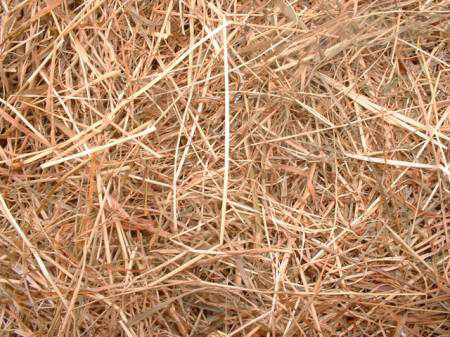
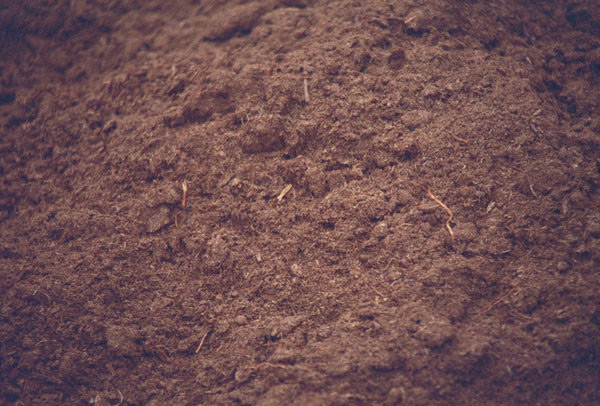
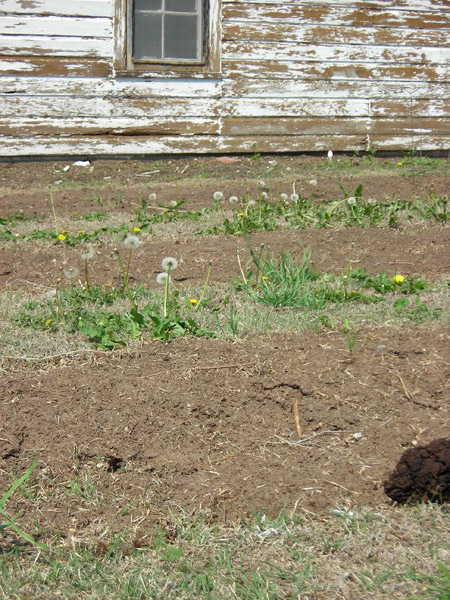
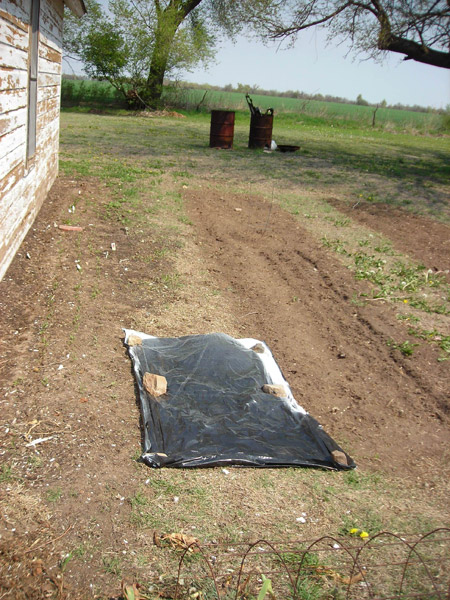
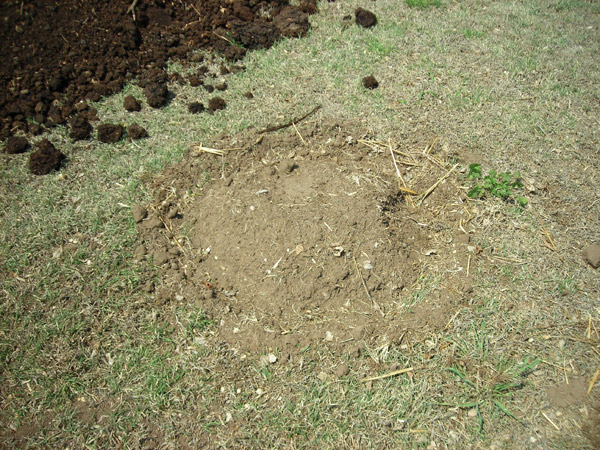
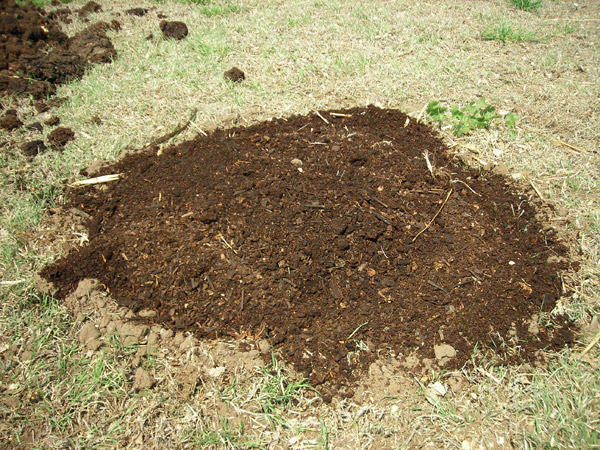
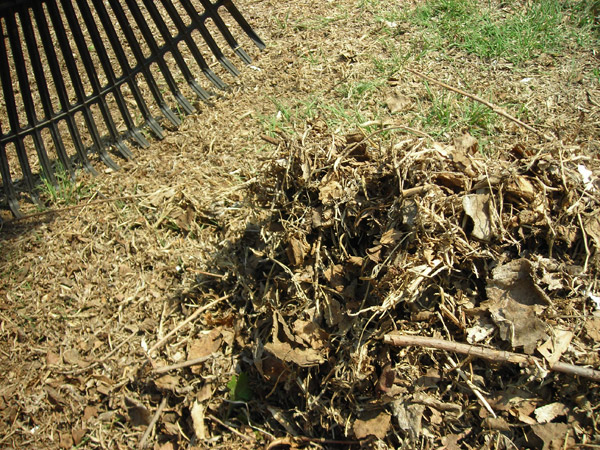
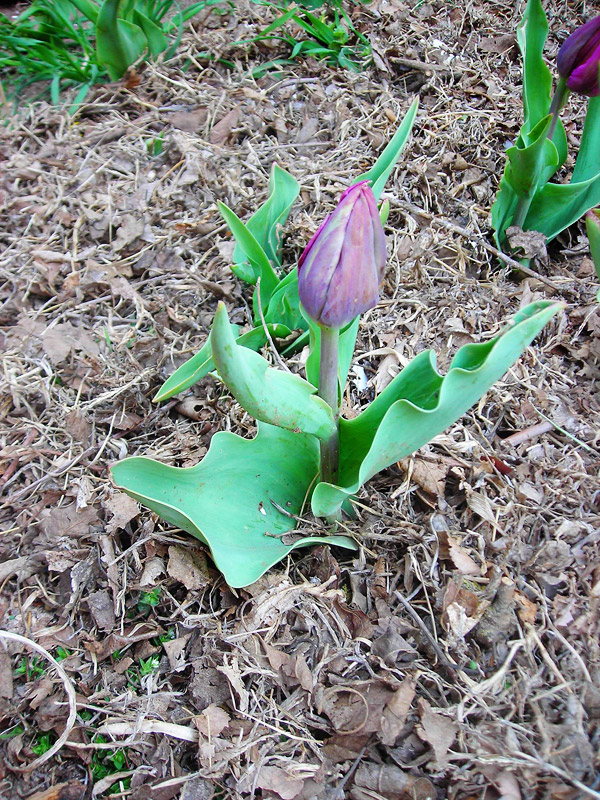


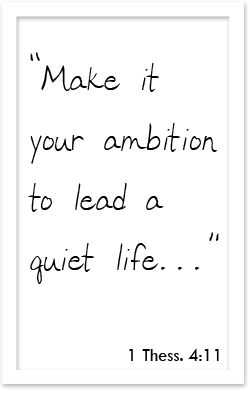
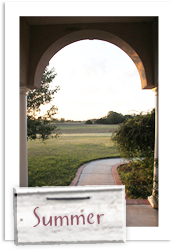
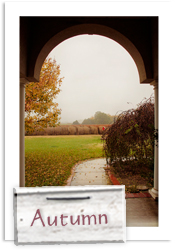
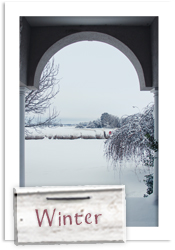
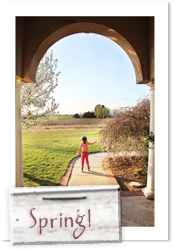
Wow, Annie – I learned a lot from this post! Thanks for looking up all this info and sharing it.
I can’t wait to see how your new garden turns out! When will you plant it?
I was afraid you were going to say that you made a tuna sandwich and drank the beer 🙂
Seriously, this was a great post- I have let my flower beds go the past couple years and the prairie is eager to reclaim itself. The beds need some serious work…
Calvin will plant a bit in his small raised bed. It grew great tomatoes and peppers last year.
I had the same thought. Forget the bugs and eat lunch!